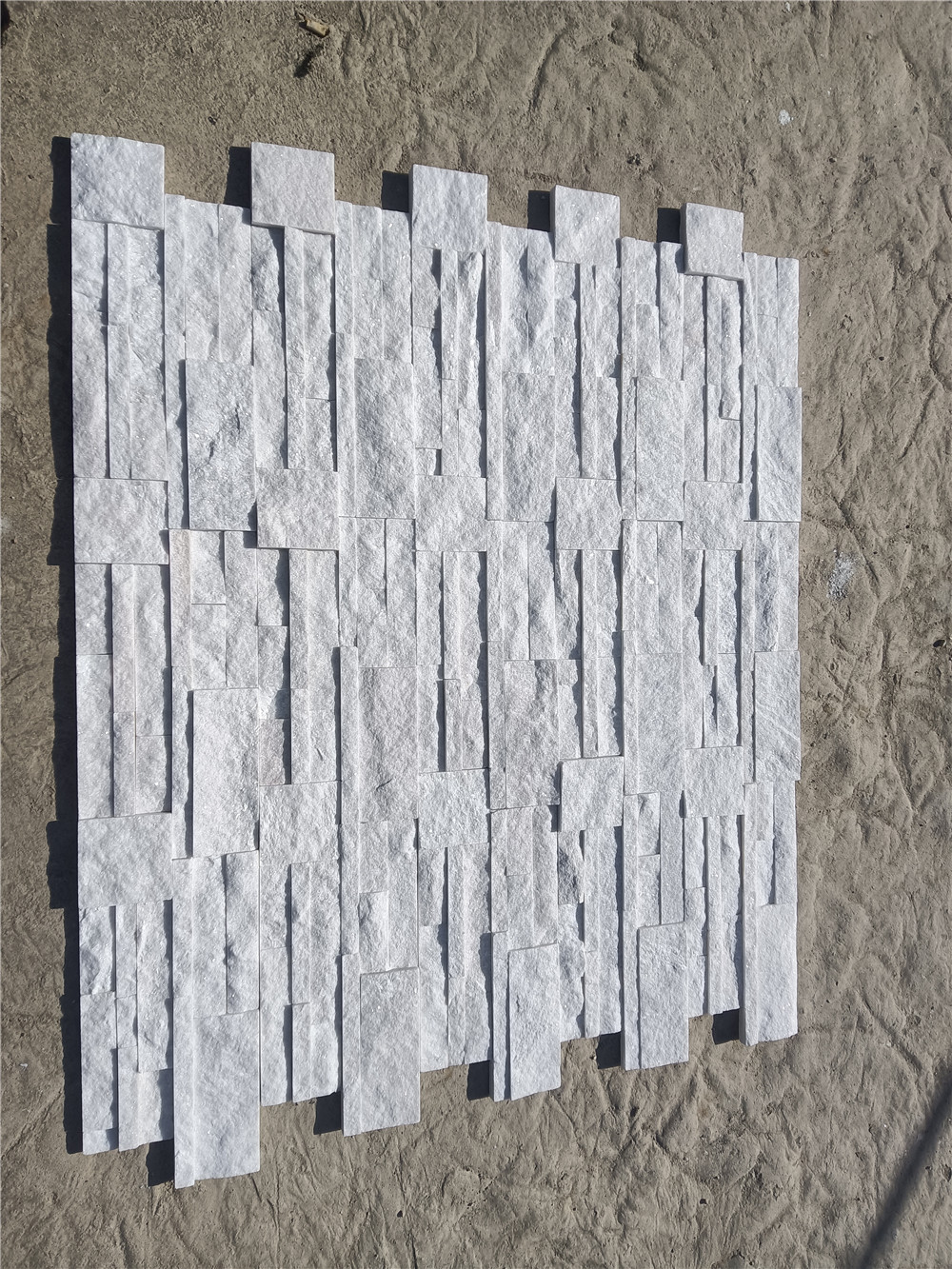Introduction:
Retaining walls are an essential element in landscaping and hardscaping, serving both functional and aesthetic purposes. Stone veneer retaining walls have gained popularity in recent years due to their durability, versatility, and natural beauty. In this comprehensive guide, we will explore the features, benefits, installation process, and design ideas related to stone veneer retaining walls.
Chapter 1: Understanding Stone Veneer Retaining Walls
1.1 What is Stone Veneer?
Stone veneer is a thin layer of natural or manufactured stone that is used to cover surfaces such as walls, fireplaces, or facades. It provides the look and feel of natural stone at a fraction of the cost and weight.
1.2 What are Retaining Walls?
Retaining walls are structures designed to hold back soil and prevent erosion. They are commonly used in landscaping to create level areas on sloped terrain, prevent landslides, and add visual interest to outdoor spaces.
1.3 Stone Veneer Retaining Walls: A Combination of Beauty and Function
Stone veneer retaining walls combine the structural benefits of traditional retaining walls with the aesthetic appeal of natural stone. They provide a timeless and elegant look that can enhance the overall design of a landscape.
Chapter 2: Benefits of Stone Veneer Retaining Walls
2.1 Durability
Stone veneer is known for its durability and longevity, making it an ideal material for retaining walls. It can withstand harsh weather conditions, temperature fluctuations, and moisture without deteriorating or losing its aesthetic appeal.
2.2 Versatility
Stone veneer comes in a wide variety of colors, textures, and shapes, allowing for endless design possibilities. Whether you prefer a rustic, modern, or traditional look, there is a stone veneer option to suit your style.
2.3 Low Maintenance
Unlike natural stone, which requires regular sealing and maintenance, stone veneer is relatively low maintenance. It does not need to be sealed and can be easily cleaned with water and a mild detergent.
2.4 Cost-Effective
Stone veneer is a cost-effective alternative to natural stone, offering the same beauty and durability at a lower price point. Additionally, the lightweight nature of stone veneer makes it easier and more affordable to transport and install.
Chapter 3: Installation Process of Stone Veneer Retaining Walls
3.1 Site Preparation
Before installing a stone veneer retaining wall, the site must be properly prepared. This involves clearing the area of debris, vegetation, and any obstacles that may interfere with the wall construction.
3.2 Foundation and Footing
The foundation and footing of a retaining wall are crucial for its stability and longevity. stepping stones provide a solid base for the wall to rest on and distribute the weight of the structure evenly.
3.3 Building the Wall
The actual construction of the stone veneer retaining wall involves laying the stones in a pattern that ensures stability and proper drainage. Mortar is used to bond the stones together and create a cohesive structure.
3.4 Finishing Touches
Once the wall is built, the final step is to add finishing touches such as caps, coping stones, or decorative elements to enhance the appearance of the wall and provide a polished look.
Chapter 4: Design Ideas for Stone Veneer Retaining Walls
4.1 Natural Stone Look
For a classic and timeless look, consider using natural stone veneer in earthy tones such as brown, gray, or tan. This will create a seamless blend with the surrounding landscape and add a touch of rustic charm to your outdoor space.
4.2 Modern and Sleek
If you prefer a more contemporary aesthetic, opt for stone veneer in sleek, monochromatic colors such as black, white, or charcoal. Pairing this with clean lines and minimalistic design elements will create a modern and sophisticated look.
4.3 Textured and Dimensional
To add visual interest and depth to your retaining wall, choose stone veneer with varied textures and shapes. Mixing different sizes and patterns of stones can create a dynamic and eye-catching design that will become a focal point in your landscape.
Chapter 5: Maintenance Tips for Stone Veneer Retaining Walls
5.1 Regular Cleaning
To keep your stone veneer retaining wall looking its best, it is important to clean it regularly with water and a mild detergent. Avoid using harsh chemicals or abrasive cleaners, as they can damage the surface of the stones.

5.2 Sealing
While stone veneer does not require sealing like natural stone, applying a sealer can help protect the surface from stains, moisture, and UV damage. Consult with a professional to determine the best sealer for your specific type of stone veneer.
5.3 Inspect for Damage
Periodically inspect your retaining wall for any signs of damage, such as cracks, loose stones, or bulging. Addressing these issues promptly can prevent further damage and ensure the structural integrity of the wall.
Conclusion:
Stone veneer retaining walls offer a perfect combination of beauty, durability, and functionality for your outdoor space. Whether you prefer a natural, modern, or textured look, there is a stone veneer option to suit your style and enhance the overall design of your landscape. By understanding the benefits, installation process, design ideas, and maintenance tips related to stone veneer retaining walls, you can create a stunning and long-lasting outdoor feature that will be enjoyed for years to come.
